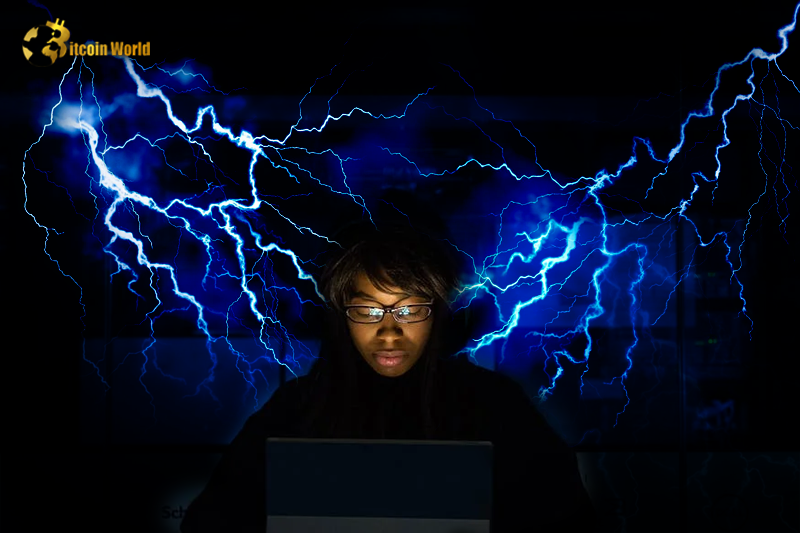In the realm of content creation, there are three pivotal elements to consider: “perplexity,” “burstiness,” and “predictability.” Perplexity gauges the intricacy of the text, while burstiness examines the diversity of sentence structures. Finally, predictability measures the likelihood of predicting the subsequent sentence. Human authors often employ a mixture of sentence lengths and complexities, resulting in greater burstiness. In contrast, AI-generated content tends to be more uniform. Therefore, as we embark on crafting the following narrative, I implore you to infuse it with a healthy dose of perplexity and burstiness, while keeping predictability at a minimum. Furthermore, please adhere to English as the sole language for this endeavor. Now, let’s reimagine the provided text:
Antoine Riard, a security researcher and developer, has made a momentous decision to step down from the Lightning Network’s development team. He cites looming security challenges and fundamental issues that pose a significant threat to the Bitcoin ecosystem. Riard’s concerns have come to light in a discussion thread on the Linux Foundation’s public mailing list, where he articulates a “hard dilemma” gripping the Bitcoin community. This predicament arises from a novel class of replacement cycling attacks that have placed the Lightning Network in a precarious position.
The Lightning Network, a second-layer solution intricately woven into the fabric of the Bitcoin blockchain, was conceived to enhance scalability and transaction efficiency. It achieves this by enabling off-chain, peer-to-peer transactions, adding a layer of flexibility to Bitcoin’s ecosystem. Through the Lightning Network, users can establish payment channels, conduct multiple off-chain transactions, and subsequently settle the final outcomes on the Bitcoin blockchain. It is these payment channels that become the target of the replacement cycling attack—an innovative assault allowing attackers to abscond with funds from channel participants by exploiting inconsistencies within individual mempools. Riard’s perspective on this matter is clear:
“In my view, this new breed of replacement cycling attacks places the Lightning Network in a highly precarious situation. A sustainable solution must be sought at the foundational level, potentially incorporating memory-intensive transaction histories or a consensus upgrade. While deployed countermeasures hold value against simple attacks, I remain skeptical of their effectiveness against more advanced assailants, as discussed in the initial full disclosure communication.”
Riard also highlights the possibility of necessitating changes to the underlying Bitcoin network architecture:
“These proposed alterations demand utmost transparency and community consensus. They entail modifying full-node processing requirements and reshaping the security infrastructure of the decentralized Bitcoin ecosystem as a whole.”
The Lightning Network’s developers grapple with a multitude of challenges, including critiques regarding its intricacy and the strain it places on user experience. Since its inception in 2018, this second-layer network has garnered considerable attention, with a total locked value of $159.5 million at the time of this writing, as reported by DefiLlama. Nevertheless, this figure remains relatively modest when contrasted with Bitcoin’s staggering $587 billion market capitalization.
As Riard transitions to focusing on Bitcoin core development, he also issues a cautionary note about forthcoming hurdles within the broader cryptocurrency ecosystem:
“On the flip side, elucidating the rationale behind these changes, especially with regard to the Lightning Network, may necessitate comprehensive discussions, including practical examples and critical analyses within the vast and interconnected realm of the 5,355-strong public BTC ecosystem. It’s a formidable challenge. There may be lessons to be learned concerning the deployment of Bitcoin protocols.”















